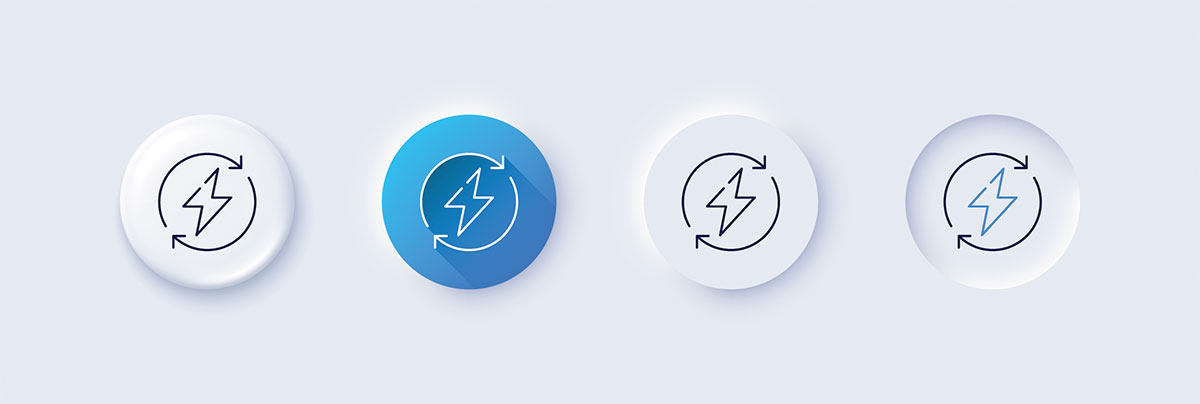The 2026 NEC® is evolving with safe installation practices that also incorporate advancing technology, as well as ongoing reorganization to aid in usability.
With the upcoming 2026 edition, significant changes are expected to impact electrical inspectors, installers and manufacturers alike.
CE Code, C22.1:2024, provides clarity on key circuit classifications, offering guidance on communication, control, PoE, low-energy, extra-low-voltage, Class 1 and Class 2 circuits, and fire alarm circuits to ensure compliance and proper application.
Can the addition of energy-efficient electrical equipment and renewable energy sources influence electrical safety or an electrical inspector’s tasks?
Transforming Commercial Spaces: The Evolution of High-Performance Buildings for a Sustainable Future
As a follow-up to prior articles on underground installations of conductors, the author addresses further questions stemming from the Canadian Electrical Code (CE Code).













